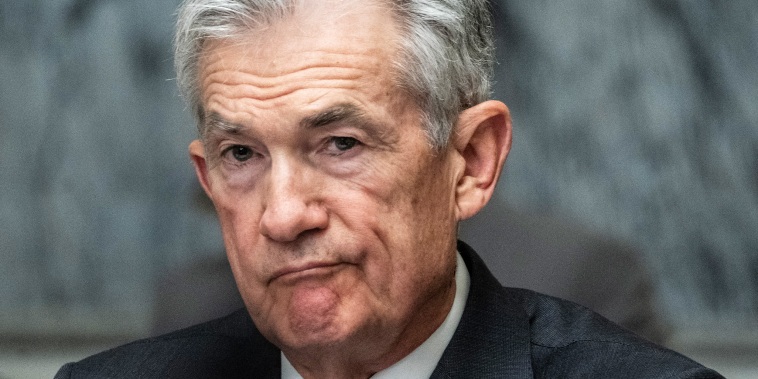The Federal Reserve’s recently released minutes reveal growing concerns among policymakers about sluggish progress on inflation, highlighting a pivotal challenge in the U.S. Central Bank’s quest to maintain economic health. While most of the public’s focus was directed towards pandemic recovery, these minutes point to a trend that threatens to undermine long-term economic stability.
The Federal Reserve’s dual mandate instructs it to strive for maximum employment and price stability. The latter goal is often interpreted as maintaining inflation around a 2% target. However, over the past decade, inflation in the United States has remained stubbornly below that target, even in times of relatively low unemployment before the pandemic.
The minutes from Federal Reserve’s meetings reflect an apprehension about this unyielding issue. The policymakers, though aware of the pandemic’s deflationary impact, are also anxious about this disturbing pattern that predates COVID-19. They are now worried that the lack of progress on inflation might signal an ingrained problem within the US economy.
In their words, The Federal Open Market Committee speculated that the public might doubt the committee’s ability to achieve its inflation target on a sustainable basis. This signals a concern about the central bank’s credibility, which could potentially influence inflation expectations and exacerbate the problem.
The persistent undershoot of the inflation target is a puzzle for economists. Researchers have proposed different theories ranging from global demographic changes to increased market concentration and decreased union power. While there is no consensus on the cause, there is certainly a worry that this trend could be harder to reverse than initially anticipated.
The lack of progress on inflation is not just a theoretical concern. If inflation remains too low for too long, it could slip into deflation—falling prices—which can lead to an economic depression. Worst-case scenarios exhibit how deflation can lead to reduced spending, increased unemployment, and ultimately a vicious cycle of economic downturn.
Moreover, low inflation also leaves the Federal Reserve with less room to maneuver in times of economic downturns. Traditionally, the Federal Reserve lowers interest rates to stimulate spending and investment. But with interest rates already near zero, there is less scope for further reductions – a dilemma often called the zero lower bound.
The Federal Reserve has taken several steps to address this issue. Last year, it announced a new policy strategy of average inflation targeting, which allows for periods of above-target inflation following periods of low inflation. The idea is to anchor inflation expectations at the target level and give the Federal Reserve more flexibility in achieving its dual mandate.
Despite these efforts, the lack of progress on inflation remains a critical issue. The recent Federal Reserve minutes reflect the concern among policymakers and the urgency to find solutions. There is a dire need for further research into the underlying causes of low inflation and more innovative policy strategies. This will not only ensure the long-term economic stability of the United States but also shed light on a global economic condition that affects economies around the world.




